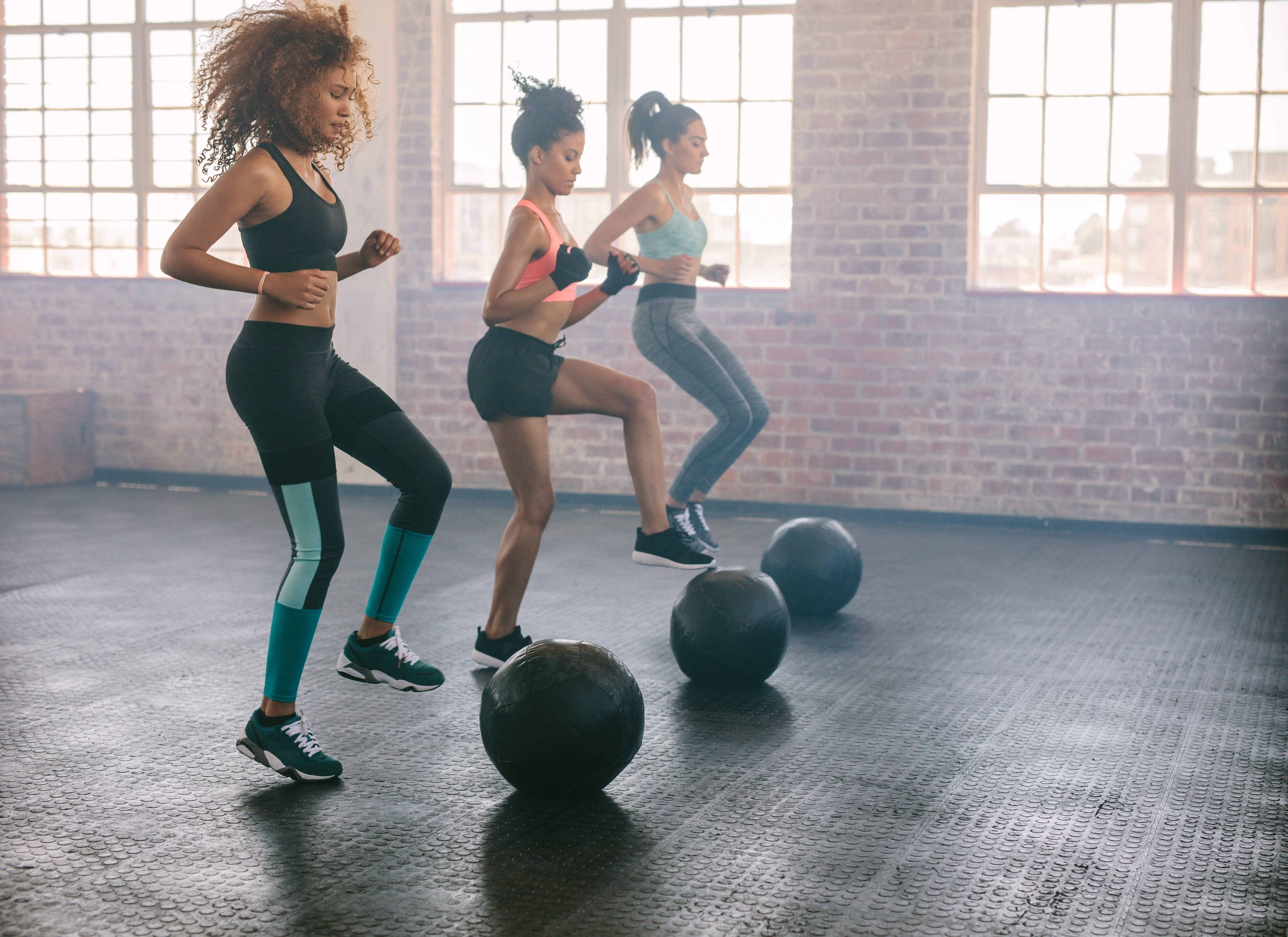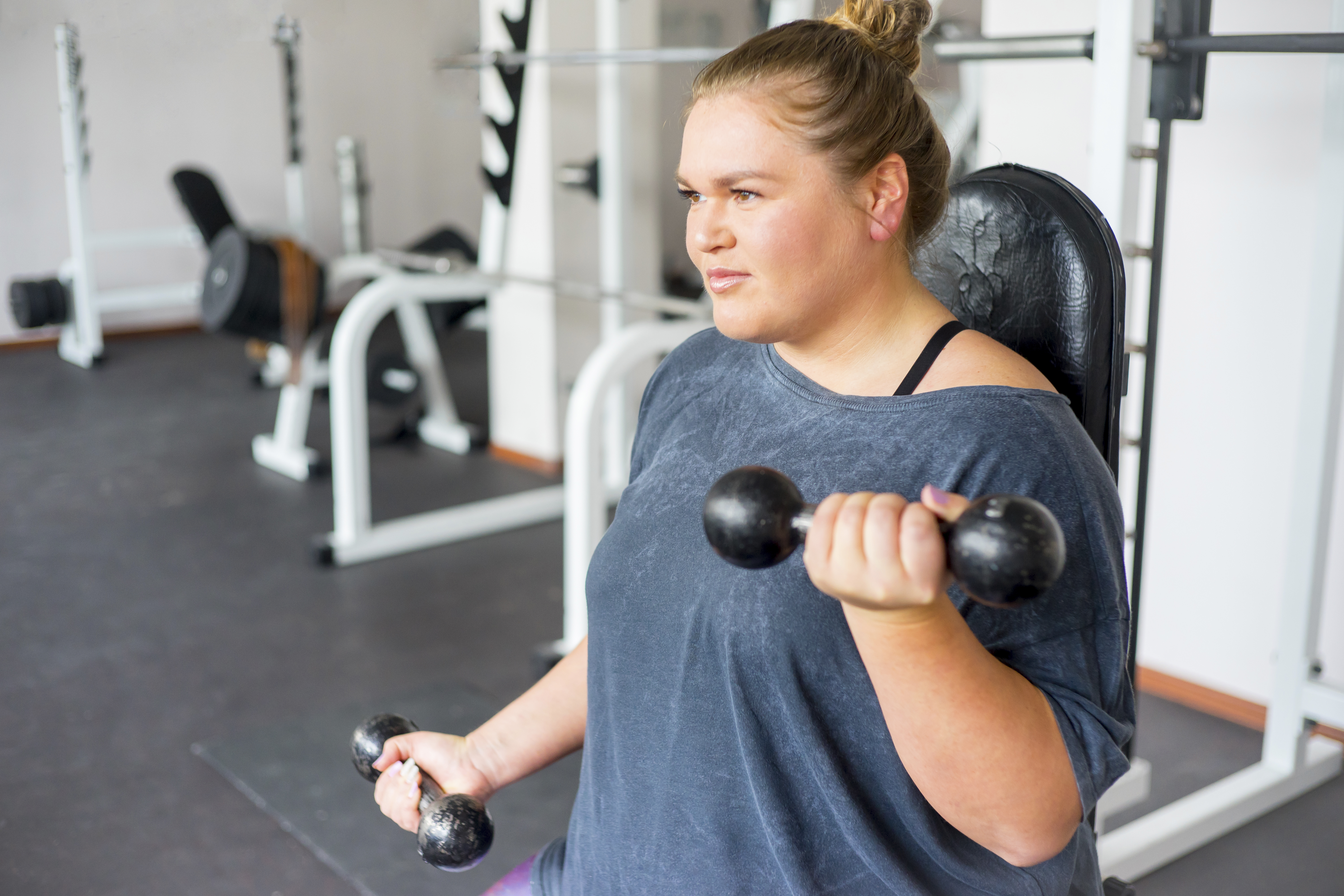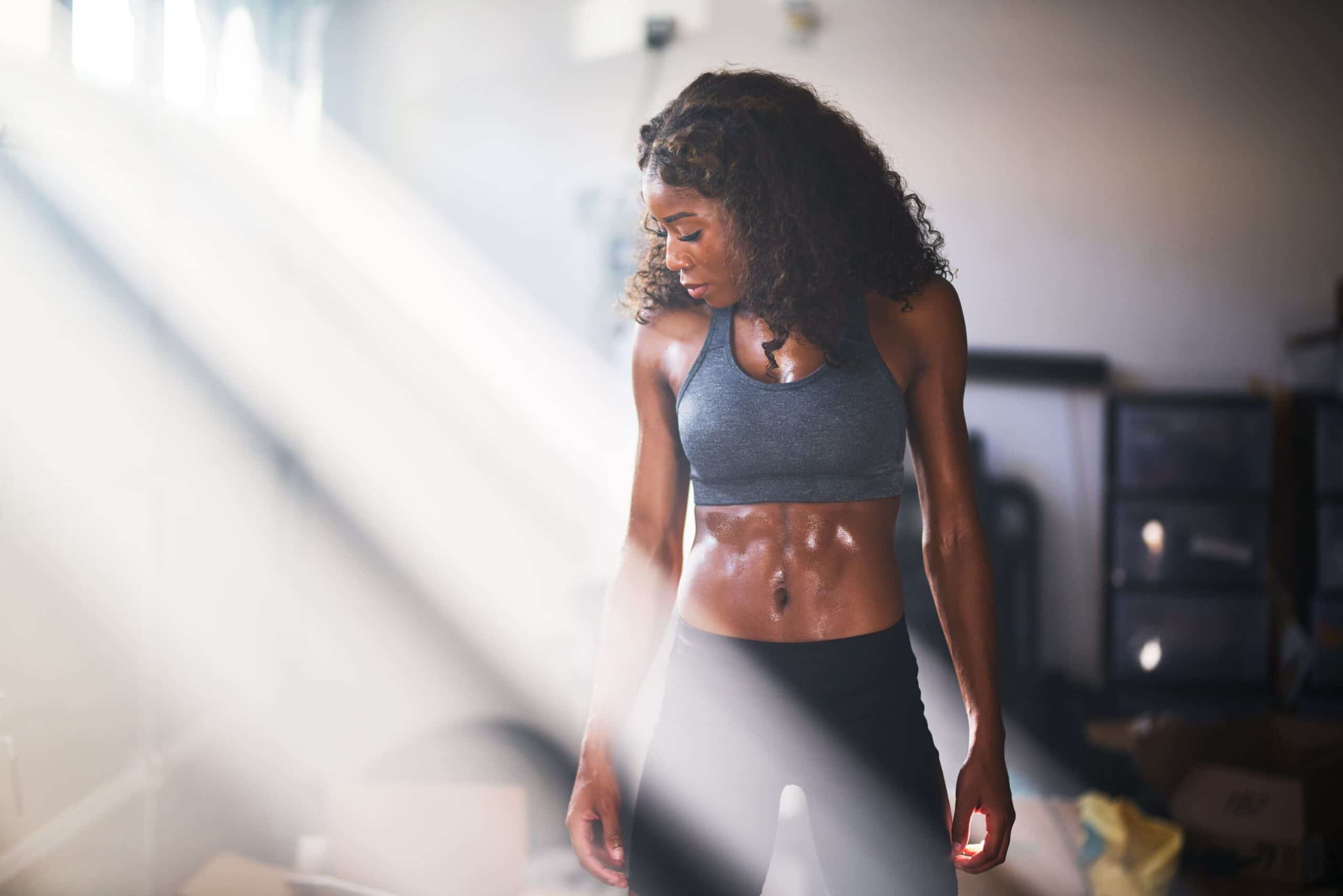Exercising well isn’t just about hitting the gym regularly. It’s also about considering other factors, like what time you train and what your diet’s like.
It’s all to maximise your performance, so why does no one ever talk about your menstrual cycle?
New research might just change all of this, however. Data has been collected from over 14,000 active women using fitness app Strava, and been analysed by St Mary’s University and FitrWoman, to see the correlation between exercise and the menstrual cycle. With that in mind, exercise physiologist Dr Georgie Bruinvels reveals the influence your cycle can have on your workout…
No one really talks about menstrual cycles
Even though it’s a natural part of life which a lot of women experience, the menstrual cycle is still a bizarrely taboo topic of conversation.
“There’s been a lot of historical misbeliefs about it being this ‘unmentionable curse’,” groans Bruinvels.
“But it’s a part of growing up and womanhood, and we need to embrace that.
In a world where we are really happy to talk about everything and anything, this needs to be something that’s a go-to.”
This is why Bruinvels wanted to do wide-reaching research on the relationship between your menstrual cycle and how you exercise.
“There are lots of positive things we can implement around our cycle, and work with our bodies, not against them,” she explains.
Moderate exercise can help reduce symptoms

When you’re on your period, sometimes it can feel like all you want to do is curl up in a ball and eat chocolate.
However, actually getting out and doing some exercise could be the key to feeling better.
“Moderate exercise” is the solution to period-related side effects, says Bruinvels.
These include “stomach cramps, mood swings, lower back pain and general body cramping – all the classics”.
Bruinvels describes moderate exercise as “hard breathing, but you’re still able to hold a conversation – that could be going for a run, a swim, a cycle – anything that raises your heart rate, but doesn’t absolutely max you out.”
Knowing your cycle can help you workout

When people think of the menstrual cycle, they tend to just consider the actual period. However, the cycle is 28 to 30 days long and Bruinvels wants people to start thinking of it as a whole.
In fact, where you are in your cycle can help inform how you might respond to exercise.
This isn’t to say you should decide when and what to do in the gym depending on the time of the month, but rather it can help you understand how you might be performing.
The level of hormones in your body changes over the month, and this is the key to understanding how you feel during your cycle.
“Because oestrogen and progesterone travel in the blood, they can affect all different parts of your body, from the way you move and think, to the way you recover from and adapt to training,” Bruinvels explains.
In the first half of your cycle, your oestrogen levels start to rise, and Bruinvels says: “It’s all about doing high-intensity exercise, resistance training, strength and conditioning, and circuits.
If you’re in the gym, this is the time to go hard with relatively limited recovery.”
This is your opportunity to up those weights and challenge yourself a bit more, because your body could surprise you.
“Whereas in the second half, there’s more of an endurance focus,” Bruinvels explains.
“You can still do circuits at the gym, but you should go in having an appreciation that you might just be consolidating from the first half of your cycle – you’re not necessarily going to push it on.”
Having the knowledge of how your body works helps you manage your expectations, says Bruinvels.
“The pre-menstrual and menstrual period is when I’d go with the moderate intensity, and potentially low-intensity exercises, as well.”
But it also depends on your body
For Bruinvels, this knowledge helps to “contextualise things”, giving you a clearer idea of your training and performance.
However, it’s worth noting that everyone is different. Bruinvels says: “Your body could be conditioned to high-intensity training – it’s very much dependent on what you’re used to.”
You might be able to still do that tough weights class during the second half of your cycle, but it’s important to understand that your body might not be responding as well as it did before.
The theories of these new findings are surprisingly simple, and yet Bruinvels says: “We work with a lot of professional athletes, and surprisingly, their menstrual cycle doesn’t really figure into training.”
Hopefully, this is the start of your cycle becoming more of a consideration – for both professional sportswomen and more casual gym-goers.
The findings have been taken from a global survey of active women, conducted by a team of researchers from St Mary’s University and FitrWoman, who analysed the responses from over 14,000 female members of Strava from around the world, revealing that 78% found exercise reduced the symptoms of their period.
